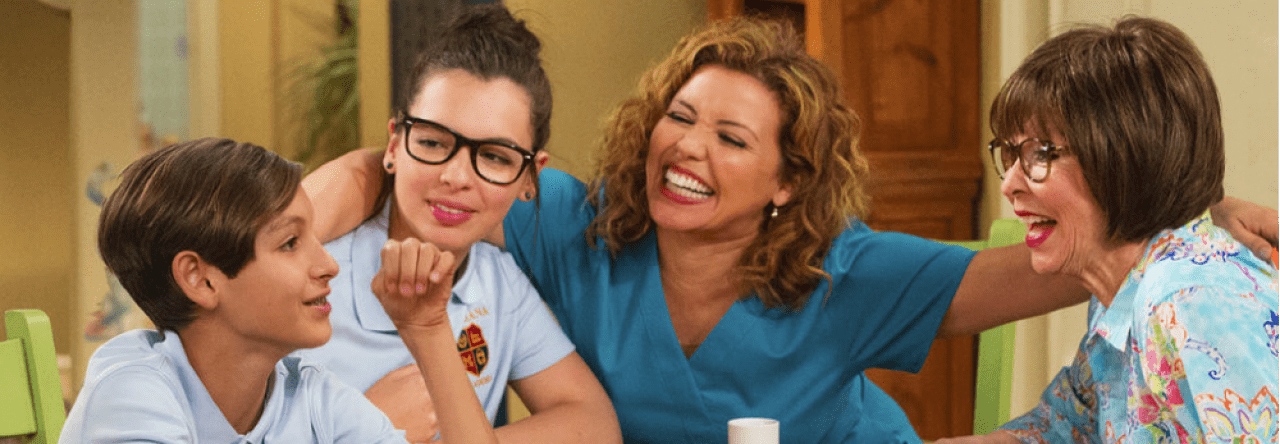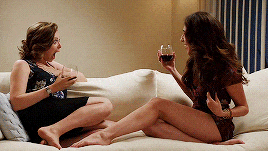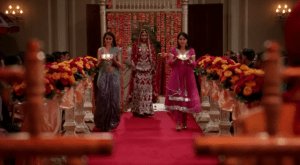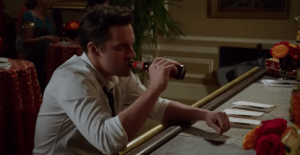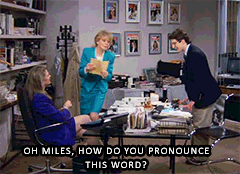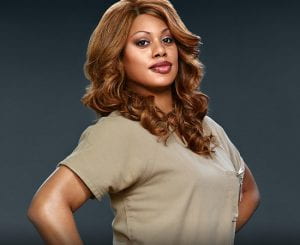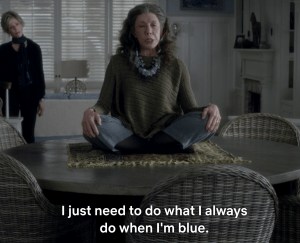Unfortunately I don’t have much expertise on cinematography and direction of television production, so I hope to critique to the best of my ability. “Fresh Off the Boat” does well in avoiding the harsh lighting of the sun. It is great at diffusing the sunlight to ensure that everyone is softly lit at all times, so that us, viewers, can always have a good view of the characters’ features and attire. However, the constant soft lighting does make it seem unrealistic as it makes the entire production seem to either constantly be morning or evening. “Fresh Off the Boat” has a lot of moving shots keeping the select character in view making it easy for audiences to follow along with the show. However, the show does seem to have a slightly shaky camera sometimes; that I’m unsure if it’s intentional or not. It does seem to make it perhaps slightly more realistic, if intentional; however, if unintentional, it would make the production seem slightly less professional. Conversions are framed with the speaking character in focus to allow audiences to keep their eye on the target character as well as switching to the listening character for reactions allowing the audience to feel as if they understand each character at every moment. When there are two characters in the same shot that both have lines, the camera focuses in on the character that is currently talking; this allows the viewer to unconsciously change focus to the current subject. The show ensures that audience don’t get caught up with backgrounds by using mostly beige, soft browns, and low intensity yellows. I do admire the close-up of character faces, especially during reaction shots, as it allows the audience to see and understand the emotion of the characters. Each shot is fairly short often changing frames every few seconds; this is likely due to the short attention spans of current audiences that expect to be entertained at every second. These quick back and forth changes are a bit much for me, but it’s what many audiences expect of new shows and films. Something specific that’s done nice are Jessica’s flashbacks which are dulled out to represent the contradiction between her words and her memories. In the first episode, Jessica has a flashback to her time at the Taiwanese markets back in DC; her describes the memory lovingly, but when we’re shown the memory, it’s appears to be rather overwhelming with Jessica screaming and pushing.

In this shot, the camera is focus on Jessica with Eddie’s face slightly in focus so that we can see his reactions. The lighting outside seems to say it’s at least late morning, yet inside the car lighting is still soft.
